
-
Nice technical parts
Sensor
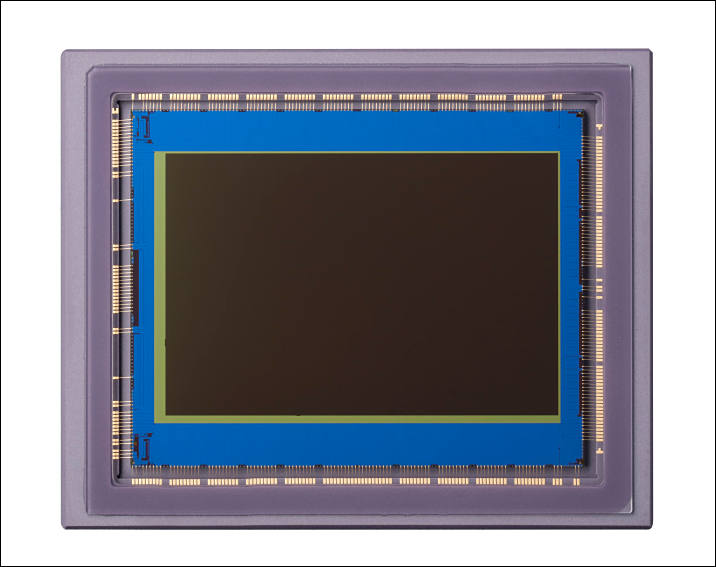
Motherboard
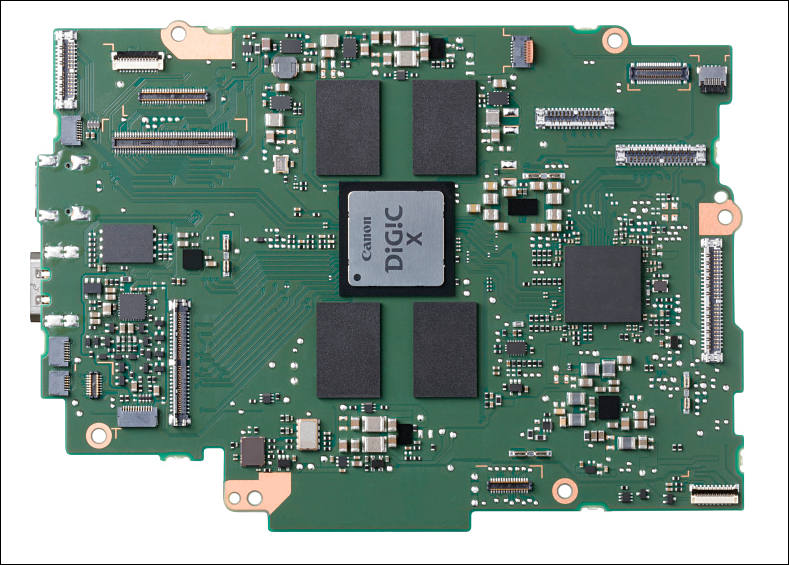
Complete sensor assembly
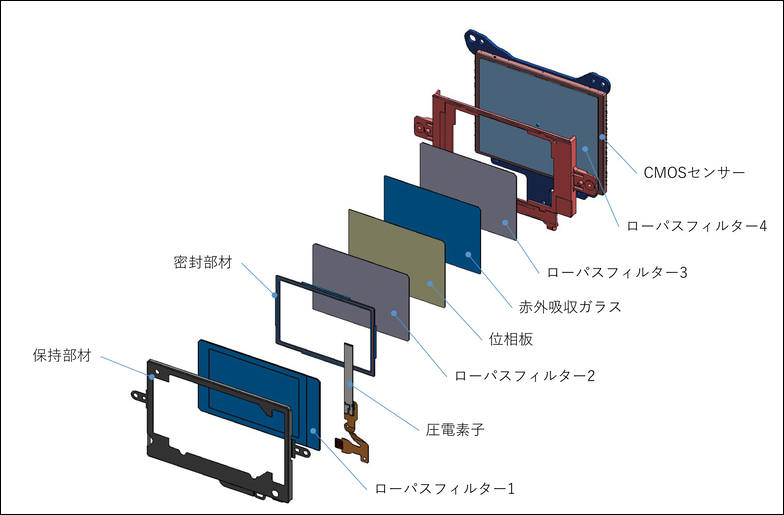
Mirror box
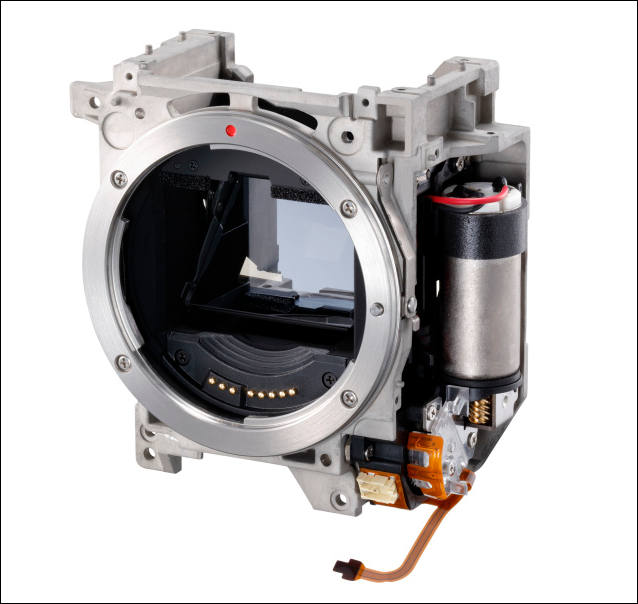
Shutter part
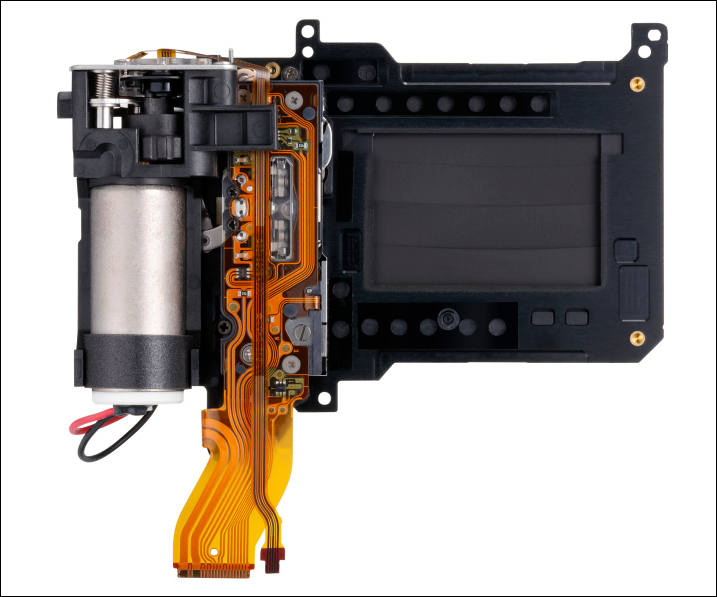
AF sensor
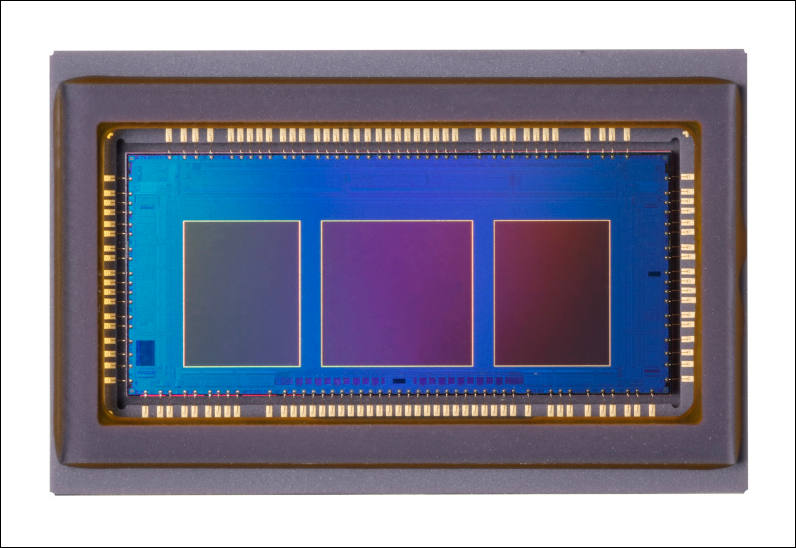

 sa11748.jpg716 x 567 - 49K
sa11748.jpg716 x 567 - 49K
 sa11749.jpg789 x 565 - 96K
sa11749.jpg789 x 565 - 96K
 sa11750.jpg784 x 515 - 42K
sa11750.jpg784 x 515 - 42K
 sa11751.jpg638 x 604 - 45K
sa11751.jpg638 x 604 - 45K
 sa11752.jpg717 x 597 - 54K
sa11752.jpg717 x 597 - 54K
 sa11754.jpg796 x 548 - 61K
sa11754.jpg796 x 548 - 61K -
Some photos
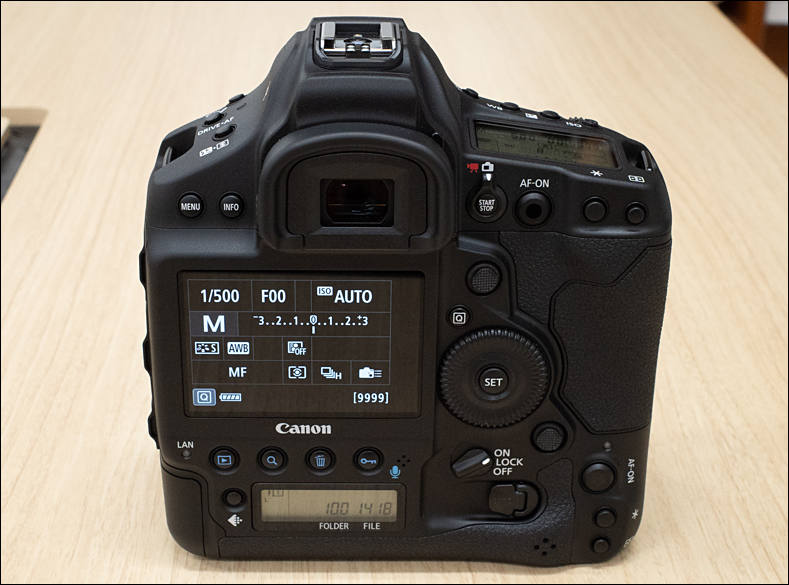
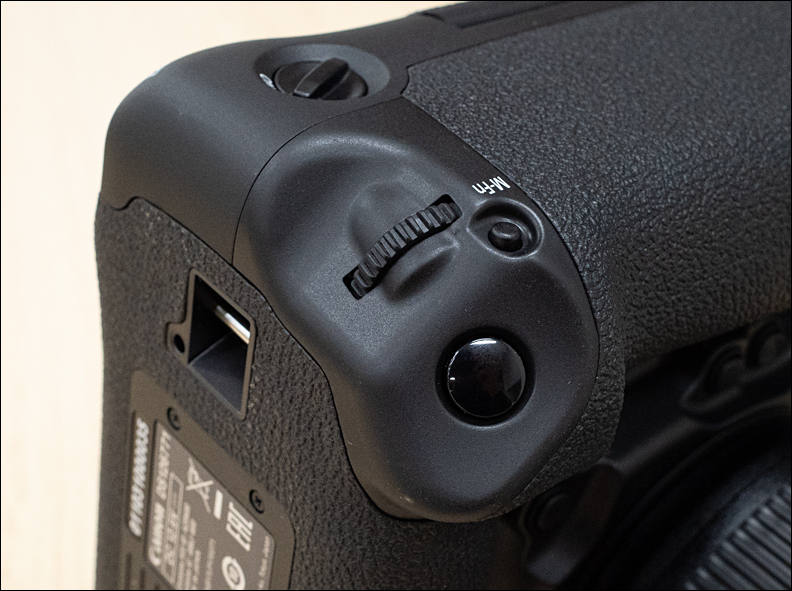
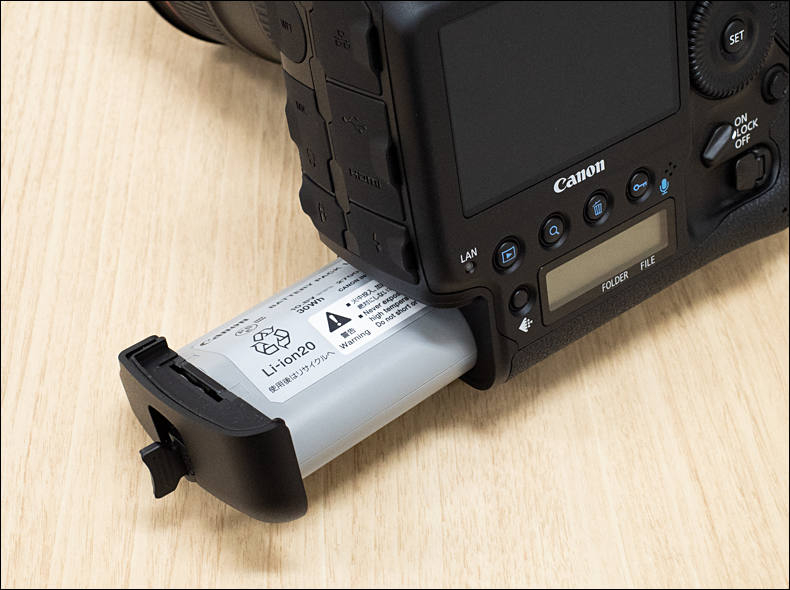

 sa11741.jpg789 x 585 - 62K
sa11741.jpg789 x 585 - 62K
 sa11742.jpg792 x 591 - 64K
sa11742.jpg792 x 591 - 64K
 sa11743.jpg790 x 590 - 63K
sa11743.jpg790 x 590 - 63K -
Detailed videos
-
PR
Canon U.S.A. Inc., a leader in digital imaging solutions, today announced the highly anticipated Canon EOS-1D X Mark III camera -- the successor to the world-renowned and award-winning EOS-1D X Mark II. The Company's new flagship DSLR has been engineered and designed using extensive feedback from the professional sports, photojournalist, wildlife and wedding photographers.
This new groundbreaking workhorse EOS-1D X Mark III DLSR Camera features:
- New 20.1 Megapixel Full-frame CMOS Sensor combined with newly designed High Detail Low-Pass Filter
- New DIGIC X Image Processor with an ISO range of 100-102400; Expandable to 50-819200
- New 191-point optical viewfinder AF system capable of tracking the subject's head, and face using Deep Learning Technology
- New Smart Controller built into the AF-On button for fast control of the AF Point selection
- Dual Pixel CMOS AF for fast and accurate autofocus in Live View covering 90%x100% of the image area at an EV of -6 ~ 18
- The lightning-fast camera features the ability to shoot up to 16 frames-per-second in optical viewfinder shooting and up to 20 fps while in Live View shooting with mechanical or silent shutter
- Maximum buffer in continuous shooting (RAW+JPEG) of 1000 images or more with dual CFexpress card slots
- 12-bit 5.5K RAW video internal recording and oversampling 4K 60p video recording using the full width of the sensor in Canon Log with 10-bit 4:2:2
"When engineering and designing the new flagship camera, Canon's top priority was collecting and implementing extensive user-feedback from a variety of professionals," said Kazuto Ogawa, president and chief operating officer, Canon U.S.A., Inc. "In the end, the outcome is at first glance a familiar tool, but in reality, so much more; a camera unlike anything the company has introduced before. Canon is eagerly waiting to see what timeless memories professional image makers capture with this new camera."
At the camera's core is Canon's newly developed 20.1 megapixel full-frame CMOS sensor, a High Detail Low-Pass Filter and the DIGIC X image processor. These features will help to provide professional photographers with a fast and powerful tool to capture images with a greater level of resolution, higher sensitivity, reduced moiré and improved image quality in higher ISO ranges with reduced noise. Utilizing a single DIGIC X image processor and a DIGIC 8 dedicated for AF/AE the camera's image processing performance far exceeds and surpasses that of its predecessor, all while reducing power consumption. The DIGIC X is capable of up to approximately 3.1 times the image processing and 380 times Dual CMOS AF processing performance compared to the dual DIGIC 6+ found in the EOS-1D X Mark II. The new powerful image processor also allows for an ISO range of 100-102,400 (expandable up to 50-819,200), providing users with higher clarity images and quality in various shooting situations.
The EOS-1D X Mark III camera also provides users with equally impressive video features, with the ability to internally record 5.5K RAW video and uncropped 4K 60p derived from the original 5.5K readout in Canon Log with 10-bit 4:2:2. Canon Log allows users to record 4K and 1080p video files with up to 12 stops of High Dynamic Range and wide exposure latitude, making it simple to coordinate color settings with other Canon cameras in multi-camera set-ups. It's ideally suited to help streamline and provide greater creative freedom during the extensive post-production processing. In addition, the camera's HDMI terminal can be used to transmit 4K 60p data to another device for display or external recording.
When developing the EOS-1D X Mark III, Canon put a heavy emphasis on designing and installing a completely overhauled and comprehensive Auto Focus system for the user with the need for speed. The new 191-point AF system with 155-point all cross-type points helps users to quickly and smoothly track a subject and maintain a level of focusing accuracy during a variety of shooting situations such as tracking a motorcar circling around the race track or a leopard bolting across the plains. Canon has redesigned the AF sensor incorporating a new square pixel design based on an image sensor, essentially making the AF sensor 28x higher resolution at the center area.
Canon's revolutionary Dual Pixel CMOS AF technology provides users with fast and accurate AF using 3869 manually selectable AF positions and 525 automatic areas. In Live View shooting, the EOS-1D X Mark III's AF system supports face, head and, most noteworthy, eye detection AF tracking. Eye detection AF provides high-precision tracking by locking in on and following the eye of a moving subject. When in Live View AF/AE tracking is supported during high-speed burst shooting with the ability to capture up to 20 fps in both RAW and RAW + JPEG file format.
Using the traditional optical viewfinder, the camera has the ability to capture up to an extraordinary 16 fps with reduced time lag and image blackout. Reducing lag and image blackout greatly increases a photographer's ability to track moving subjects and never miss a shot. Regardless of the method of shooting through the OVF or LCD, the EOS-1D X Mark III can shoot over 1000 images in a burst using the dual CFexpress cards.
To support the needs of top professionals, the camera's communications functions have been greatly enhanced. Incorporating a dedicated Network tab in the menu, the photographer can much more easily set up network functions such as connections via built-in gigabit Ethernet, Wi-Fi® connectivity, Bluetooth connectivity and destinations such as FTP servers, EOS Utility, or Browser Remote functions. It will even support encrypted network authentication for advanced network users.
Thoughts from the First Users
"I can't say enough good things about how well the EOS-1D X Mark III camera performed on so many levels. The new AF system is a game-changer for me, I was totally blown away by how well it performed in various situations, including very low-light levels," said wildlife photographer and Canon Explorer of Light Adam Jones. "The ability to move the AF point quickly with the new sensor-based AF button was simply amazing; the focus followed the subject like nothing before. As a wildlife photographer, I never dreamed we would have a camera that could follow focus on fast-flying snow geese using a super-telephoto lens with 1.4x and 2x converters - but with the new camera here we are!"
"My job is to travel the world to photograph automobile racing and car culture in the harshest conditions imaginable. Racetracks, salt flats, sand dunes, frozen lakes, you name it, I photograph all things four wheels. That is why I need a camera that works as hard as we do," said automotive photographer Larry Chen. "I started my professional career on the EOS-1D series of bodies, and I've had several over the years with over one million images captured. The EOS-1D X Mark III really is the next generation of professional cameras in a familiar package, the first words out of my mouth after shooting with it were 'There are no more excuses, to miss a shot!' I can't wait to use it for the 2020 racing season!"
Additional Features of the Canon EOS-1D X Mark III DSLR Camera Include:
- Enhanced operational controls including button illumination, Touch AF and a multi-controller allowing users to select the desired AF point more easily
- Face-Priority E-TTL II metering enables the camera to automatically adjust to provide the appropriate output of an external flash when it detects a face
- Digital Lens Optimizer helps to correct against any potential lens diffraction or aberration based on the design of each individual lens. DLO also improves the overall resolution of an image
- Ability to capture stills in 10-bit using the HEIF (High-Efficiency Image File) file format. HEIF produces a wider dynamic range and greater color representation compared to 8-bit JPEG
- Built-in Wi-Fi®[iv], Bluetooth®[v], and GPS[vi] Technology
- Faster speed and improved user interface for networking with optional Wireless File Transmitter WFT-E9 or with the built-in gigabit ethernet port
- Canon EOS-1D series level of durability including dust-and-weather- resistance
Price and Availability
The Canon EOS-1D X Mark III DSLR camera body and WFT-E9 wireless file transmitter are both scheduled to be available in mid-February 2020 for an estimated retail price of $6,499.00 and $649.99, respectively*. For more information, please visit, usa.canon.com.
-
According to the writeup from B&H, the 1DX Mark III can autofocus when shooting cropped 4K 60p. But when using the full sensor area, autofocus is only available up to 30p (either 5.5K RAW or uncropped 4K): https://www.bhphotovideo.com/explora/photography/news/canon-creates-the-ultimate-eos-1d-x-mark-iii-dslr
So at least it is not worse than the 1DX Mark II (which was only capable of cropped 4K 60p recording to begin with).
-
@Eno Vitaly suggests this is the case in his previous post; I don’t have an educated opinion otherwise. Canon certainly has a history of crippling features! But this seems plausible.
But maybe you’re right and Canon will issue a firmware update in a year! ;)
-
@esskay Are you saying the older processor in the 1Dx mk2 could handle PDAF in 4K 60p but the new one in the 1Dx mk3 can't?
I really don't think that's the case and suspect the only thing limiting the PDAF in the 1Dx mk3 is the Canon CRIPPLING philosophy!
-
Ironically, in this case, it sounds like Canon is actually limited by its processing power..!
-
The 1Dx2 had PDAF in 4K 60p, although with an ancient and very inefficient codec and a crop factor. In contrast, the new 1Dx3 has no crop, a good codec but no PDAF in RAW or 4K60p. :))
The Canon cripple hammer has hit again!
-
Backlit buttons
-
Translation from Japanese specs file
Ideal for sports and wildlife, the flagship Canon EOS-1D X Mark III DSLR is being engineered and designed using feedback from the worldwide community of EOS-1D X and EOS-1D X Mark II photographers. Continuing Canon’s rich heritage of creating first-rate optical products, the EOS-1D X Mark III offers an enhanced autofocus system, with dramatically improved still and video image quality and communication. When using this camera, professionals will have the confidence they will get ‘the shot’ and can deliver it at a competitive speed – faster than ever before – ideal for the increasingly fast-paced industry.
Need for Speed
The Canon EOS-1D X Mark III will be blisteringly fast – offering exceptional precision, reliability, high-performance autofocus and subject tracking – providing photographers with a tool that will help to capture the shot they are chasing. The camera’s new autofocus algorithm will improve stability and tracking when using both the Optical Viewfinder and in Live View shooting mode, using Deep Learning Technology and adapting to help facilitate accurate focus tracking for every shot. When using the optical viewfinder the camera will use a new autofocus sensor, with approximately 28 times the resolution in the center of the EOS-1D X Mark II.
Offering the ability to autofocus in even brighter and darker situations than before and with greater precision, the camera will have a range of autofocus capabilities, which will enable the photographer to get their shot. In Live View mode, users will be able to make use of 525 AF areas using the Dual Pixel CMOS AF system will cover approximately 90×100 percent of the image sensor. The camera will support significantly faster frame rates with full AF and AE, using either the optical viewfinder (up to approximately 16 fps mechanical shutter) or Live View (up to approximately 20 fps mechanical or electronic shutter). Additionally, the camera’s dual CFexpress card slots will enable more than five times the RAW burst depth of its predecessor.
Powered to Dominate
The development of EOS-1D X Mark III is a clear example of Canon’s commitment to pushing the boundaries of innovative imaging products featuring optically excellent technology. The camera will support an all new, Canon-developed, CMOS sensor and DIGIC processor, that will deliver greater image quality, at even higher ISOs, with the ability to capture stills in 10-bit using the HEIF (High Efficiency Image File) file format. HEIF produces wider dynamic range and greater color representation compared to JPEG. The power of 4K resolution brings stories to life – shoot 4K videos including 4K60p with 10-bit 4:2:2 Canon Log internal recording.
Conveniently Connected
For professionals, content delivery is just as important as image capture – the EOS-1D X Mark III will make it easy, featuring built-in Wi-Fi and Bluetooth low-energy connectivity in addition to GPS technology. To keep pace with ever-shortening deadlines, the camera will transfer data at more than twice the speed of the EOS-1D X Mark II when using the built-in Ethernet connection, or the new optional wireless file transmitter – the WFT-E9, which is also compatible with Canon’s recently launched Cinema EOS C500 Mark II camera. Coupled with simpler network set-up the camera will greatly enhance the professional workflow.
A Familiar Feel with Improved Attributes
Existing EOS-1D series users will be familiar and comfortable handling the EOS-1D X Mark III allowing seamless navigation with trusted ergonomics – whilst the magnesium alloy body will offer the durability expected from Canon’s EOS-1D cameras. Professional photographers can trust the same impressive build-quality as the EOS-1D X Mark II – with phenomenal weather-sealing, standing up to harsh conditions, including wind, rain and humidity. With incredible low-light shooting capabilities, the camera will now feature select illuminated buttons that allow for precision operation in challenging, dark and dimly lit conditions.
The camera will also offer a new additional control for selecting AF points, built into the AF-ON button, allowing photographers to change AF points on-the-fly for the best composition – further helping to simplify their work. In addition, dramatically improved battery life – with the same LP-E19 – will allow professionals to shoot for longer periods of time, without having to change batteries, helping reduce the chance of missing a shot.
-
It is just because Canon can't no longer make LSI for top cameras. So they use that they have (even if lot of RAM and in overclocked state).
-
What a dual pixel AF bullshit.
No auto focus with this tech in this camera. Raw ok.. But 60p 4k hmmm sound like prossesor run out of power issue
-
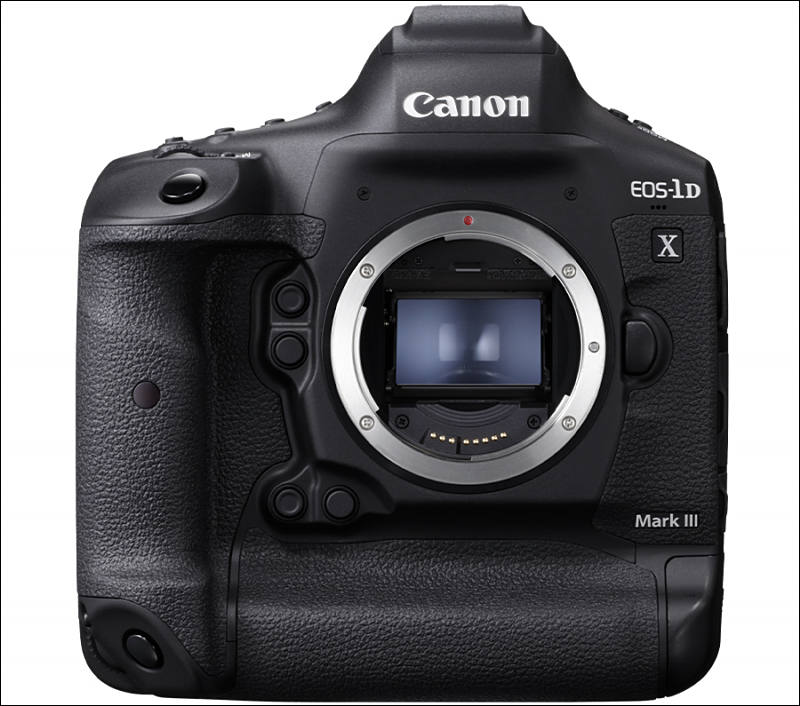
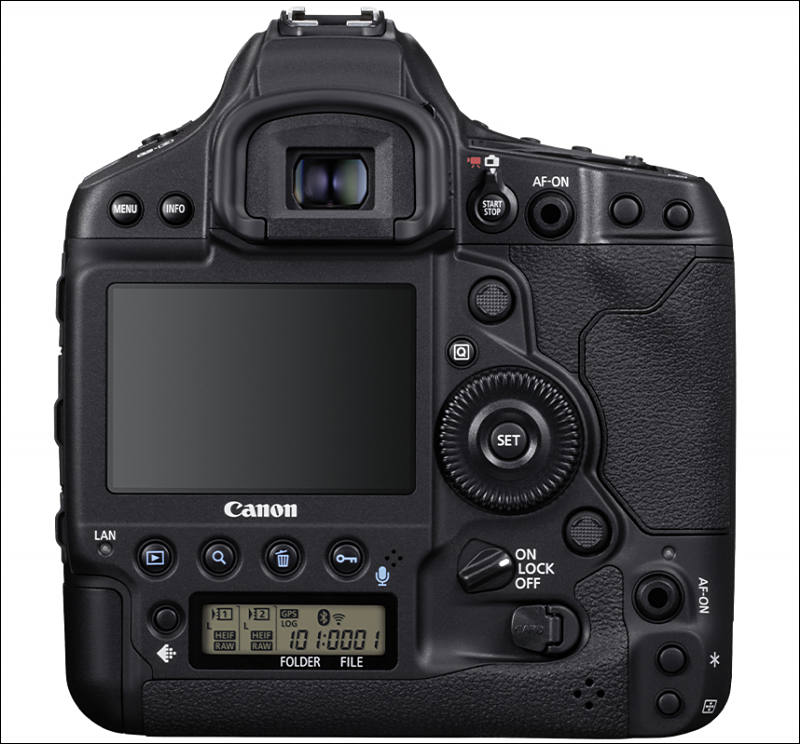
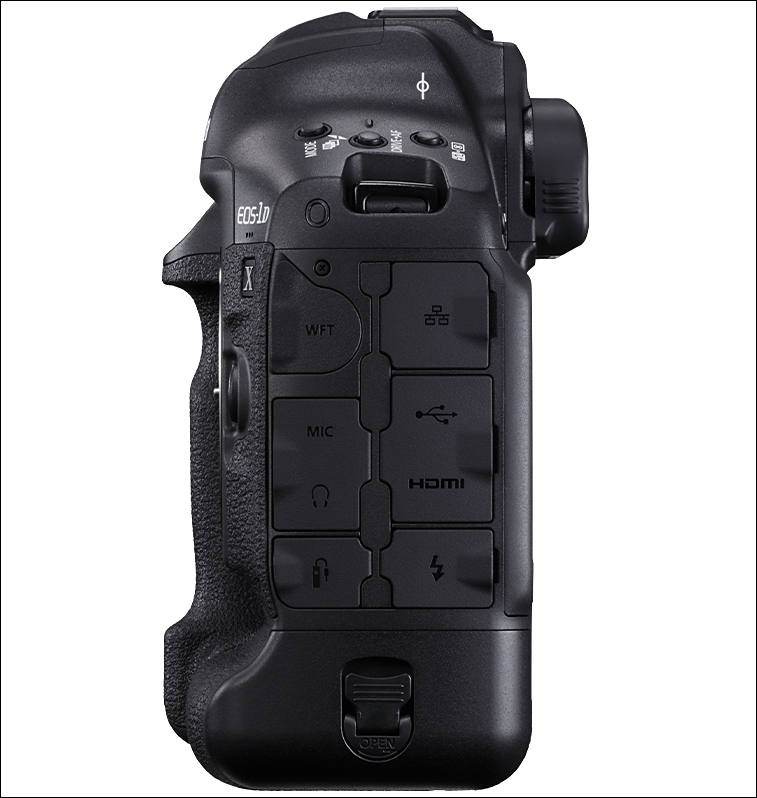
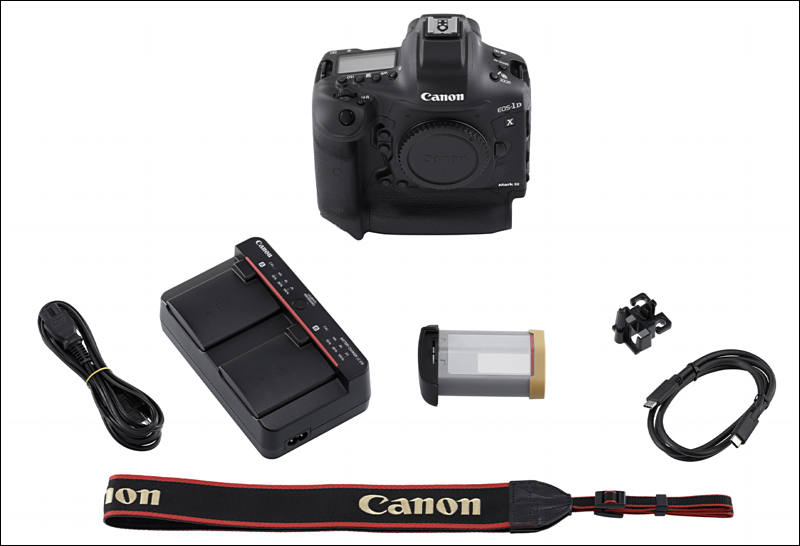

 sa11614.jpg800 x 706 - 74K
sa11614.jpg800 x 706 - 74K
 sa11615.jpg800 x 744 - 74K
sa11615.jpg800 x 744 - 74K
 sa11616.jpg757 x 798 - 57K
sa11616.jpg757 x 798 - 57K
 sa11617.jpg800 x 546 - 44K
sa11617.jpg800 x 546 - 44K -
- 20.1MP image sensor
- ISO 100-102,400 (up to 819,200 extended)
- Up to 5.4K (5472 × 2886) internal RAW video recording, no crops
- None of AF is available when recording RAW or 4K/60p
- 191 AF points (155 cross-type) in DSLR mode
- Live View AF works down to -6EV
- Buffer Depth (using dual CFExpress cards):
- RAW: 1,000 or more
- RAW + JPEG Large: 1,000 or more
- RAW + HEIF Large: Approximately 350
- $6000 price (EU can be 6999 EUR)
-
Both the EOS-1D X Mark III and WFT-E9 (wireless file transmitter) have appeared on Canon’s latest product list.
-
1DX Mark III will be available for inspection at a major dealer in Australia in February, with a release in April. This would have Canon doing an official announcement sometime in February, before CP+.
-
Good camera.
Howdy, Stranger!
It looks like you're new here. If you want to get involved, click one of these buttons!
Categories
- Topics List23,990
- Blog5,725
- General and News1,353
- Hacks and Patches1,153
- ↳ Top Settings33
- ↳ Beginners256
- ↳ Archives402
- ↳ Hacks News and Development56
- Cameras2,366
- ↳ Panasonic995
- ↳ Canon118
- ↳ Sony156
- ↳ Nikon96
- ↳ Pentax and Samsung70
- ↳ Olympus and Fujifilm100
- ↳ Compacts and Camcorders300
- ↳ Smartphones for video97
- ↳ Pro Video Cameras191
- ↳ BlackMagic and other raw cameras116
- Skill1,960
- ↳ Business and distribution66
- ↳ Preparation, scripts and legal38
- ↳ Art149
- ↳ Import, Convert, Exporting291
- ↳ Editors191
- ↳ Effects and stunts115
- ↳ Color grading197
- ↳ Sound and Music280
- ↳ Lighting96
- ↳ Software and storage tips266
- Gear5,420
- ↳ Filters, Adapters, Matte boxes344
- ↳ Lenses1,582
- ↳ Follow focus and gears93
- ↳ Sound499
- ↳ Lighting gear314
- ↳ Camera movement230
- ↳ Gimbals and copters302
- ↳ Rigs and related stuff273
- ↳ Power solutions83
- ↳ Monitors and viewfinders340
- ↳ Tripods and fluid heads139
- ↳ Storage286
- ↳ Computers and studio gear560
- ↳ VR and 3D248
- Showcase1,859
- Marketplace2,834
- Offtopic1,320






